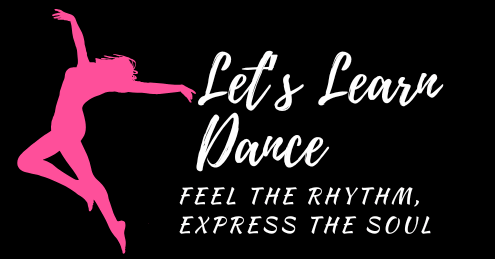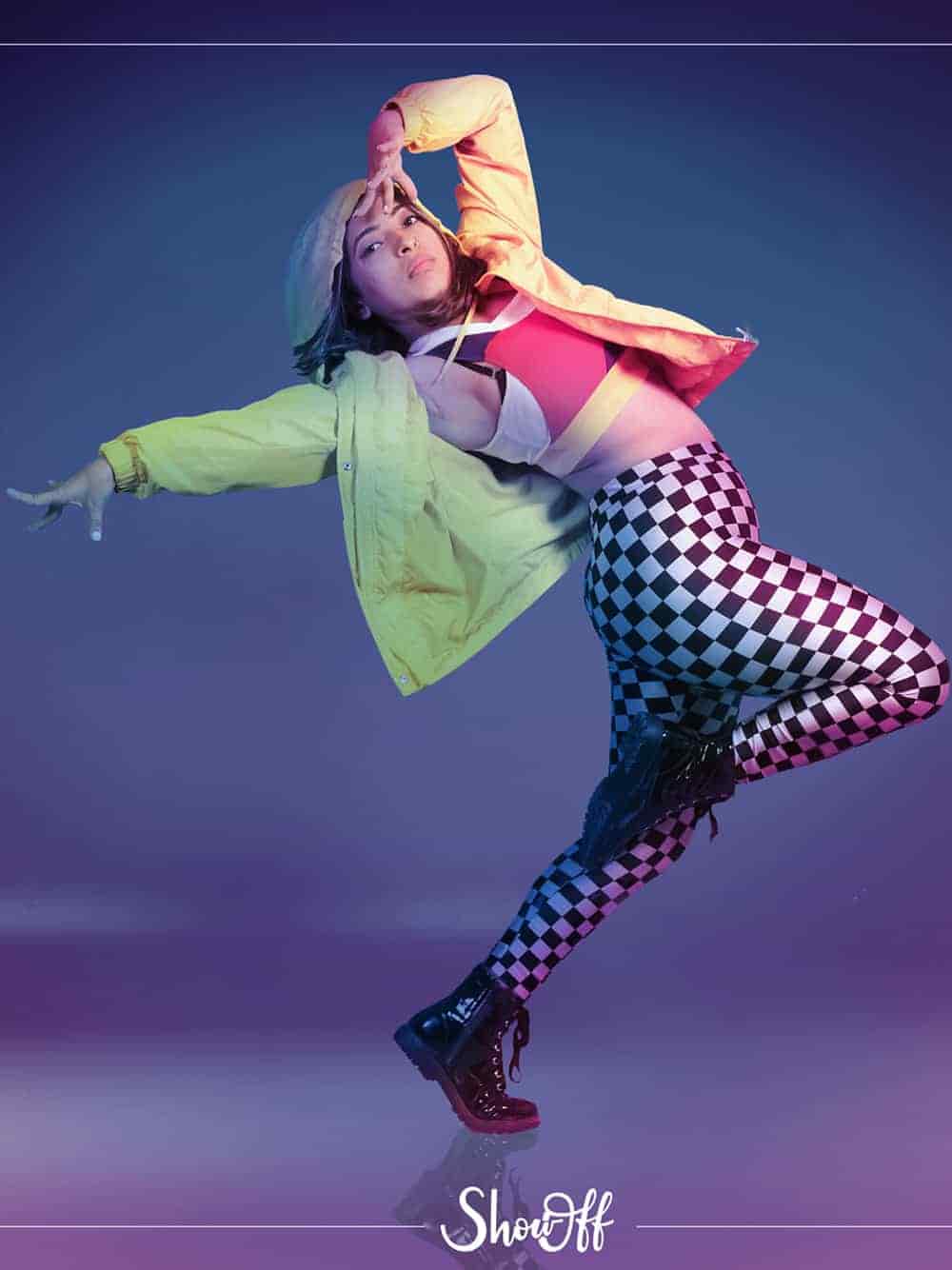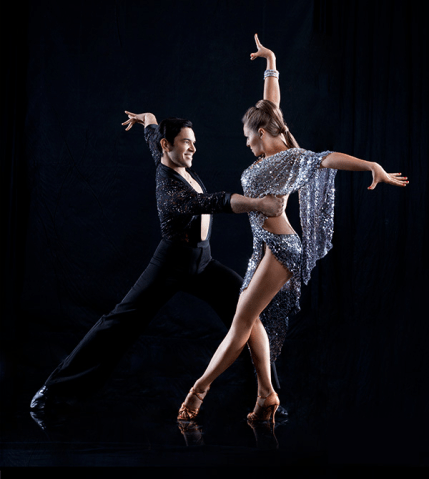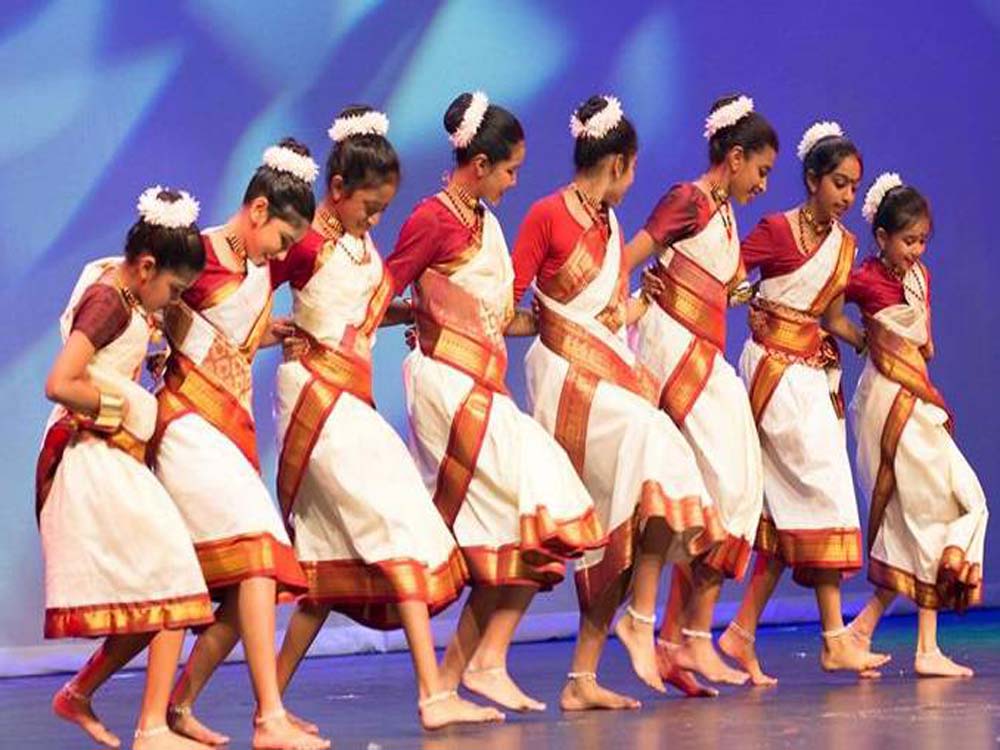
Folk Dance: Meaning, History, and 5 Styles
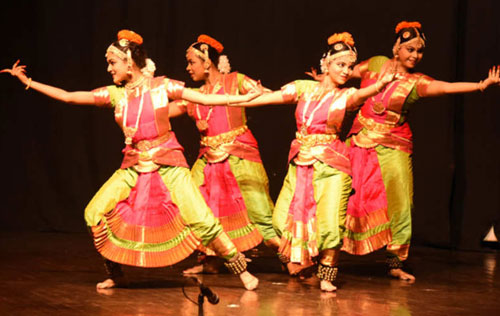
Meaning of Folk Dance
Folk dance is a form of traditional dance that originates from a community’s or region’s customs, culture, and heritage. It holds an enormous impact on people’s lives and is an expression of their emotions, principles, vacations, occupations and way of life. Folk dances are more spontaneous, unorganised and community-based compared to classical dance style, where they stay to a set of formal, structured rules. They are basically passed down from generation to generation and are performed to social events, festivals, rituals, or seasonal occasions. Folk dance has its roots in the everyday activity of regular individuals. It is a way to express their gratitude, prayers, joys, and sorrows. These dances often include storytelling, about dancers performing towards stories of past events, local heroes, gods, or harvest celebrations. Folk dance consequently serves as a living track of a community’s culture, reflecting its traditions, costumes, music, and language. Folk dances are typically performed in groups and thrive on community participation, requiring no formal training but only a shared spirit and rhythm. The steps are usually easy and repetitive, and participants of all ages are invited. Participation and enjoyment are given priority across technical perfection. Folk dances were often supported through traditional music that often includes regional rhythms and local instruments. Folk dances costumes are usually bright and symbolic highlighting the unique identity and attire of the region.
History of Folk Dance
Folk dance has been presented nearly as long as human society. Folk dance has been a vital aspect of cultural expression across the world, with roots in the attire, beliefs, and regular lives of ordinary individuals. Folk dances originated from the general population and were passed on verbally and socially through the generations, in comparison to classical dance styles, which were often performed by trained dancers in royal courts or religious settings. Dance had a strong connection with spirituality and survival in the past. Dance was utilized through early human societies to honor essential life events like birth, marriage, and death as well as to celebrate natural events like harvests and rainfall and to communicate with the divine. These dances often included symbolic patterns and gestures that were considered to keep away the evil spirits or bring blessings.These symbolic actions ultimately grew into folk dances that reflected the unique culture and life experiences of specific groups. In agricultural societies, folk dance flourished. People generated dances that celebrated the natural processes of planting, harvesting, and the shifting of the seasons as they worked the land. For example, African Tribal communities used dance to pay respect to ancestral spirits and inspire fertility, while European farmers would dance in the spring to ensure a good crop.
5 Styles of Folk Dance
You may be familiar with many dance forms, but did you know that folk dance is a whole world in itself, filled with a unique and vibrant style? Here, we introduce you to some lesser-known yet fascinating folk dance style you’ve probably never come across before:
- Flamenco
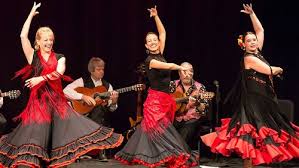
Developed in southern Spain’s Andalusian region, Flamenco is a passionate and expressive folk art form. More than just a dance, flamenco is a significantly emotional performance that expresses feelings of satisfaction, sorrow, struggle, and celebration. It often uses movement and music to tell stories. Flamenco’s roots can be traced in the 15th century, when the Andalusian region became a cultural melting pot which involves native Andalusian public, Jews, Moors, and Gypsies (Roma). The early form of Flamenco was the outcome of the gradual mixing of the musical traditions of these groups. Its soulful character was significantly influenced through the Gipsy culture in particular. Flamenco emerged over centuries and was passed on verbally from one generation to the next one.
- Tinkling
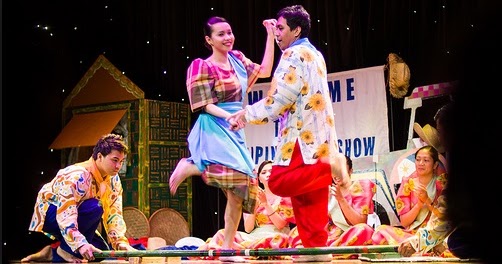
One of the Philippine’s most popular and traditional folk dances is the Tinkling. It is known for its sophisticated, deft, and skilled footwork between two bamboo poles which clap. Tinkling had a special place in Filipino culture since it tells a story inspired by nature and historical celebration while also demonstrating the people’s creativity and sense of rhythm. The word “Tinkling” originates from the name of a long-legged, slender bird which is ordinary in Philippine rice fields. According to mythology, the dance resembles the way this bird gracefully jumps over twigs, heads between grass stems, and prevents farmers’ traps. The bamboo poles open and close in a rhythmic pattern and the dancers must move quickly and lightly to avoid getting caught between them, just like a bird.
- Dabke
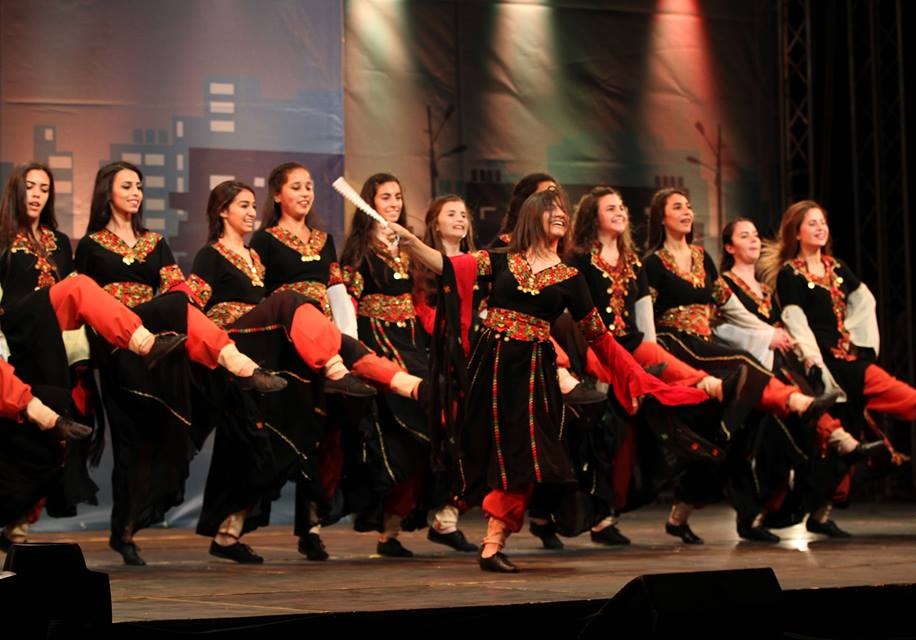
The traditional folk dance known as Dabke developed in the Levantine region of the Middle East, encompassing countries like Lebanon, Palestine, Jordan, Syria, and portions of Iraq. It is a powerful and energetic group dance that indicates solidarity, pride, and national celebrations, is more than just a dance, it is a celebration of community, heritage, and shared emotions. The dance itself is based on organised stepping and stomping patterns, that is often carried out in a semicircle or line. Following a lead dancer, known as the “raas” or “lawweeh,” who creates the rhythm and occasionally performs solos or improvisational moves to captivate the viewers, the dancers usually use their hands or shoulders and move in unison.
- Samba
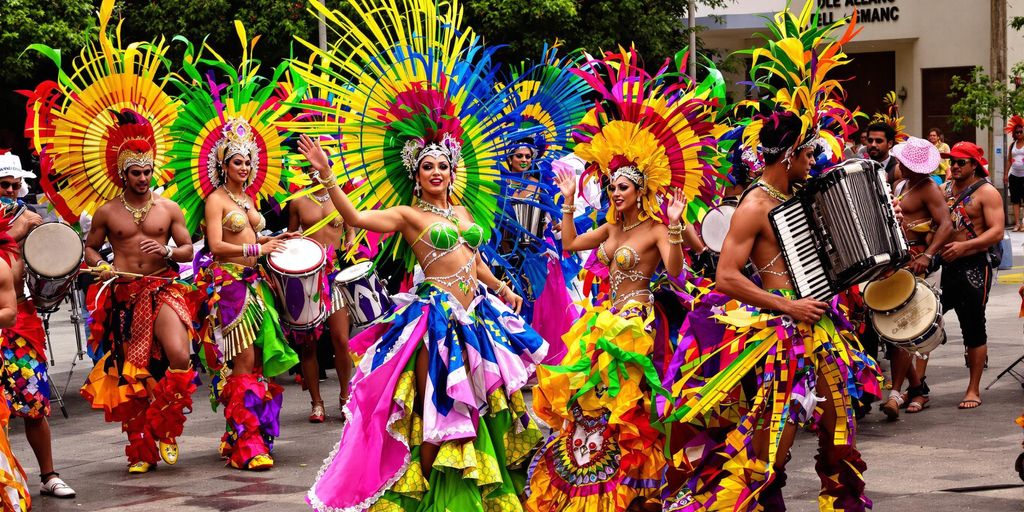
Developed in Brazil, samba is an energetic and enthusiastic dance and music form that has developed to become one of the nation’s most prominent cultural symbols. Samba, that mixes African, Indigenous, and Portuguese influences, is recognised for its transmittable rhythm, rapid footwork, and energetic spirit. It is greater than just a dance form, it is a celebration of satisfaction, strength, and balance. Samba traces its origins to the African slaves brought to Brazil by Portuguese colonizers during the 16th century. Through drums, chants, and dances, these communities preserved their musical traditions, which gradually mixed with indigenous and European musical elements.
- Hora
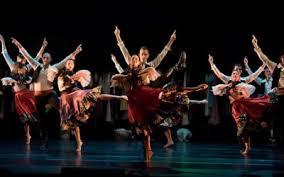
Eastern Europe is the origin of hora, a traditional folk dance which is well-known in countries like Israel, Romania, Bulgaria, and Moldova. Participants in this circle dance, which usually takes place to cheerful folk music, hold hands or shoulders, and shift in a coordinated rhythmic pattern. The Hora is more than just a dance, it is an expression of celebration, collaboration, and community. The dance is often performed at important life events such as weddings, religious festivals, and national holidays in Romania, where Hora has an immense cultural significance. Dancers basically form an enormous circle, encounter inward, and shift to the right with organised steps while performing the Romanian Hora. Depending on the circumstances and the dancers’ level of skill, the moves can be easy or intricate.
